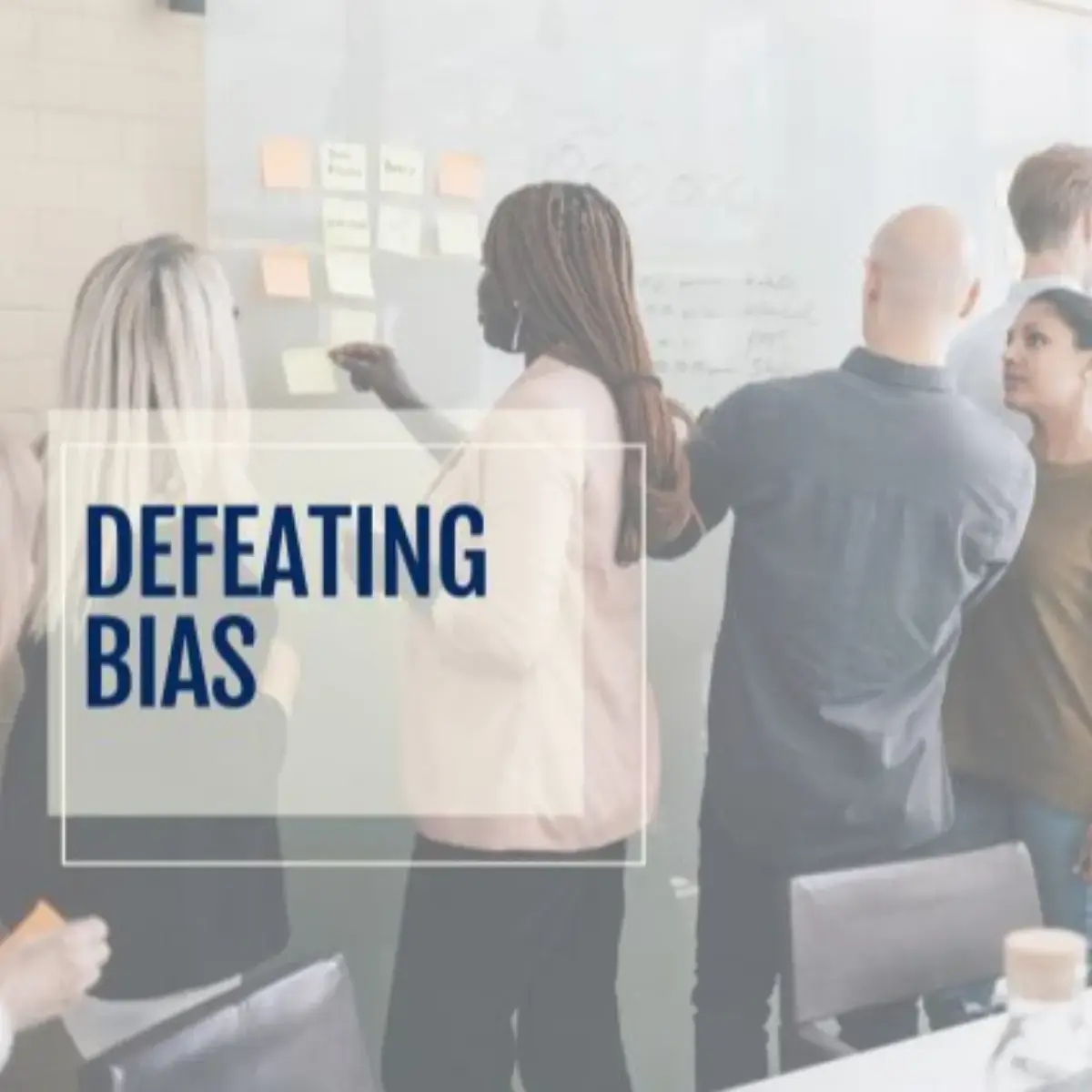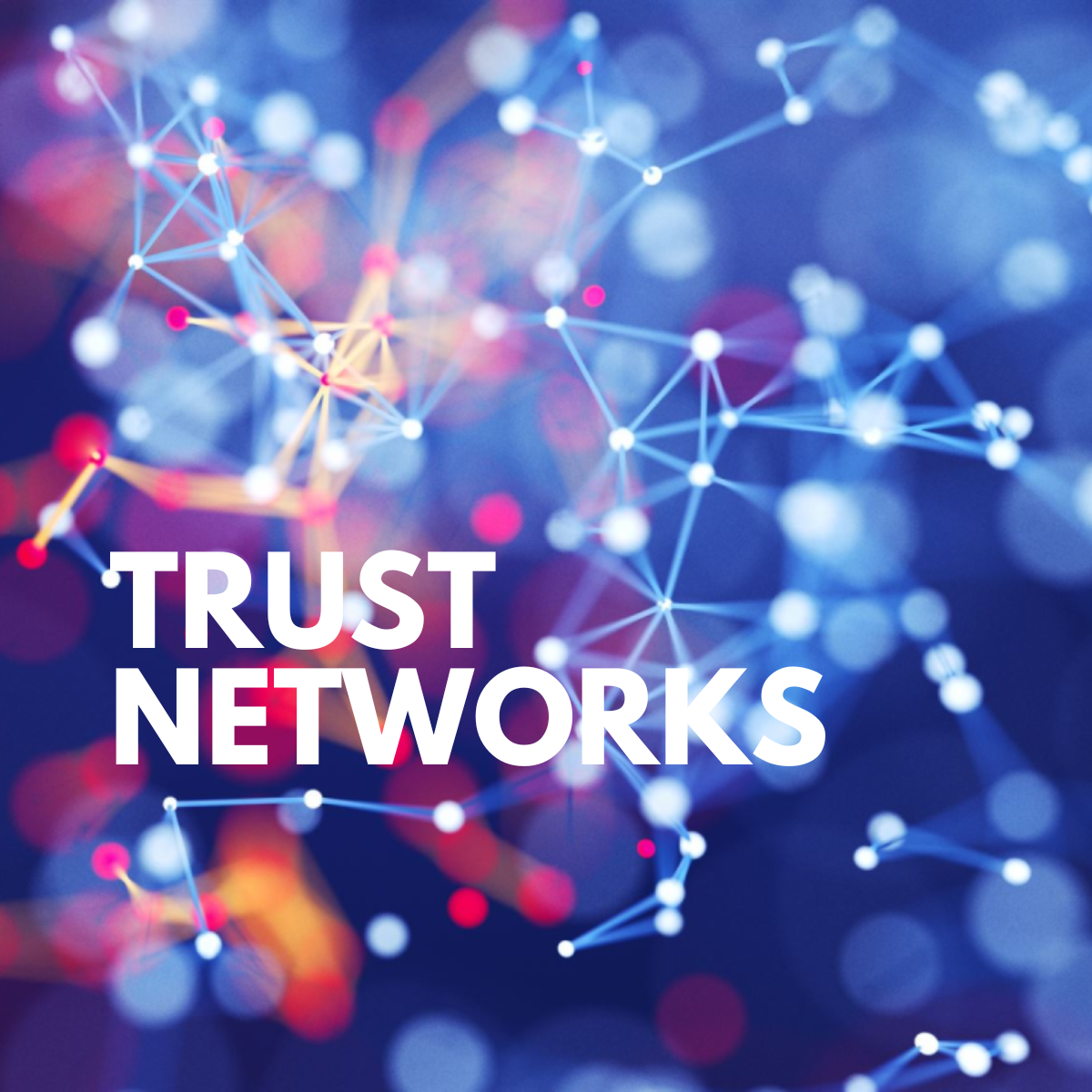The future of education is uncertain, but progress is defined by our ability to dream and innovate. What will university success look like in 2040?
On this page, you'll find a curated selection of insights from our latest LinkedIn newsletter, 2040 University Success. Some articles include exclusive additional content to deepen the discussion.
Want to explore more? Discover EDUARDO and his bold perspective on the future of higher education.
%203.png?width=441&height=400&name=2040%20Cover%20(441%20x%20400%20px)%203.png)
By 2040, universities shifted from "data hoarding" to "data intelligence" after 40% application abandonment rates revealed fragmented systems drove students away. Dr. Sarah Chen eliminated 60% of redundant data requests while improving insights. Her breakthrough prioritized purposeful collection over quantity. The transformation focused on student experience over departmental convenience.
Chen's five pillars included unified architecture, just-in-time collection, transparent value exchange, human-enhanced analytics, and continuous optimization. Results: 85% reduced abandonment, 40% higher satisfaction, 25% improved alumni engagement. Over 2,000 institutions adopted her model, transforming data from barrier to relationship bridge.
%202.png?width=441&height=400&name=2040%20Cover%20(441%20x%20400%20px)%202.png)
Higher education transformed by 2040 when universities realized academic excellence without career outcomes left graduates unprepared. Research showed students now prioritize graduate employment rates, rankings, facilities, staff quality, and costs, forcing institutions to shift from "What are we teaching?" to "Who are they becoming?"
This required five strategic changes: integrating Career Design as core curriculum, teaching employability communication skills, tracking long-term career alignment, breaking down academic-career service silos, and treating career development as strategic investment. Universities discovered that academic achievement and employability must align, with success measured by tangible career results that translate into real-world impact.
%201.png?width=441&height=400&name=2040%20Cover%20(441%20x%20400%20px)%201.png)
Higher education in 2040 has secured its future by partnering with alternative credentials and redefining educational value measurement. Universities moved beyond traditional Return on Investment (ROI) to embrace "Return on Education" (ROE), which incorporates five non-financial drivers alongside economic outcomes: Connections, Culture, Experience, Purpose, and Skills.
This framework recognizes education as both a financial investment and a deeply personal experience with subjective value varying among individuals.
Go ahead and calculate your personal ROE and feel free to share your result!

Institutional inertia in university admissions leads to outdated practices, declining applications, and increased IT demands. Overwhelmed by inquiries, universities often neglect process improvements—until applications stop, triggering a crisis with limited quick fixes.
Eduardo’s story highlights key admissions pitfalls from a student’s perspective. By addressing these issues proactively, universities can create a smoother, student-centered experience that sustains enrollment and engagement.

Tired of answering the same questions from prospective students? How much of your time is spent on repetitive inquiries instead of focusing on strategic admissions work?
You’re considering automation, weighing its efficiency against its limitations. But can AI-driven bots truly enhance personalized engagement without losing the human touch?
Meet Vinny Sagata, who transformed admissions with an AI-powered bot, redefining how universities interact with prospects—boosting efficiency, responsiveness, and student experience.

Who truly shapes your institution? Beyond faculty, staff, and students lies a vast web of stakeholders—partners, alumni, industry leaders, and policymakers—all capable of driving transformational change. But do you have an up-to-date stakeholder map? Do you know your institution’s key influencers?
A well-connected university isn’t just an academic hub—it’s a catalyst for opportunity. Discover how Francis Koh turned his institution into The Best University for Networking, leveraging stakeholder engagement to create unparalleled growth and collaboration.
.png?width=1200&height=1200&name=eA%202040%20list%20(3).png)
For higher education institutions, going global is no longer just an ambition—it’s a strategic necessity. As domestic markets shrink due to declining birth rates, universities must look beyond national borders to sustain growth and impact. But where—and how—should they expand?
In this article, we meet Felix, who used the Six Market Success Dimensions to define priority markets with precision and strategy, turning international expansion from a challenge into an opportunity.
.webp?width=1920&height=1080&name=LI%20Newsletter%20cover%2024%20(1).webp)
Graduation marks a milestone, but it also signals the start of an unsettling free fall for many students. Despite stellar academic performance, graduates often find themselves unsupported, unprepared, and struggling to transition into meaningful careers—a phenomenon known as the Graduation Cliff. Universities invest heavily in education, yet career services remain an afterthought, treated as a cost center rather than an essential part of student success.
In this article, we meet Xander, who redefined the role of Career Services—transforming it from a last-step support office into a strategic partner embedded across the institution. His approach didn’t just help students land jobs—it reshaped how universities integrate career readiness into the student journey.

Admissions shape education’s future, yet unconscious biases still influence selection. How can universities ensure fair, data-driven decisions that prioritize potential over privilege?
As AI and holistic admissions evolve, eliminating bias requires blind evaluations, AI-driven assessments, and structured decision-making—but can technology itself be biased?
This article explores hidden biases and practical strategies to build a more transparent, inclusive admissions process.

Success in today’s interconnected world depends on collaboration and trust, not just isolated agreements. Strong partnerships require shared vision, transparency, and mutual benefit to evolve into sustainable alliances rather than one-off deals.
From global research consortia to industry-academic collaborations, trust networks drive innovation, resilience, and long-term growth—making them a necessity, not a luxury.
.png)
Higher education offers an overwhelming mix of degrees, certifications, and micro-credentials. How can learners choose credentials that align with their career goals?
As industries evolve and skills become the new currency, the value of traditional degrees is shifting. Will stackable credentials replace full degrees? How will AI-driven learning shape career readiness?
This article explores how to make strategic education choices to stay relevant and adaptable in a rapidly changing world.

Will multi-generational cohorts be the norm in higher education by 2040?
As lifelong learning grows, universities must adapt to serve students of all ages, from traditional learners to career changers and retirees.
How can intergenerational classrooms foster mentorship, innovation, and richer discussions? This article explores the shift toward age-diverse learning and how institutions can embrace lifelong education.

Many prospective students go offline due to content overload, applying without prior engagement. How can universities reconnect with these stealth applicants?
The key is personalized, value-driven outreach, which leverages behavior-based retargeting, AI-driven content, and strategic touchpoints to turn passive prospects into active enrollees.

The full-time MBA will be obsolete by 2040. Rising costs, shifting industry demands, and learner preferences drive its decline.
Flexible, modular, and skills-based alternatives are taking over, catering to professionals who seek career-aligned learning without leaving work. This article explores what’s replacing the traditional MBA and how business education is evolving.

Are you a global recruiter, an education advocate, or a consultant guiding students toward their dreams? If so, you play a pivotal role in shaping the futures of countless students worldwide.
Join us as we explore innovative strategies for recruiting international students, from digital outreach to in-person engagement, ensuring institutions connect with the right talent across borders.